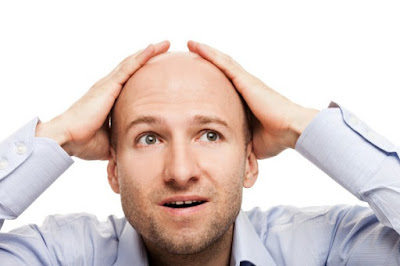1. See your doctor
While you may seek a natural remedy to stop losing your hair, diagnosing the exact cause of your hair loss should be the first step. If nothing else, you should get a checkup to ensure that the hair loss isn’t a symptom of a more harmful disease or condition.

















































